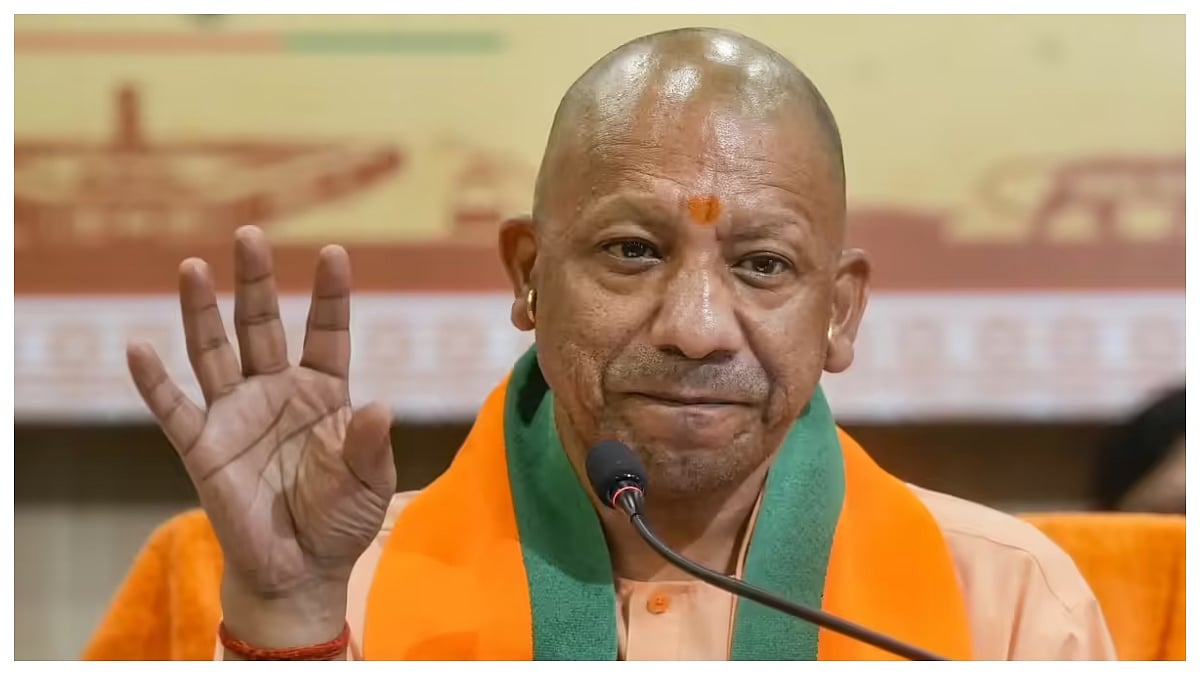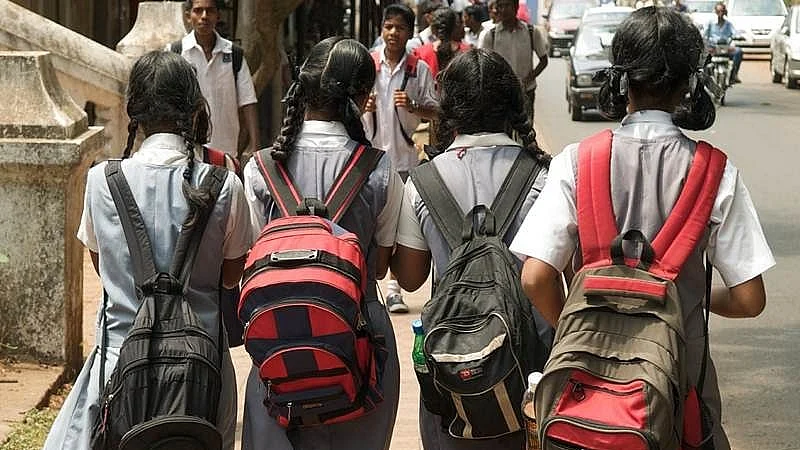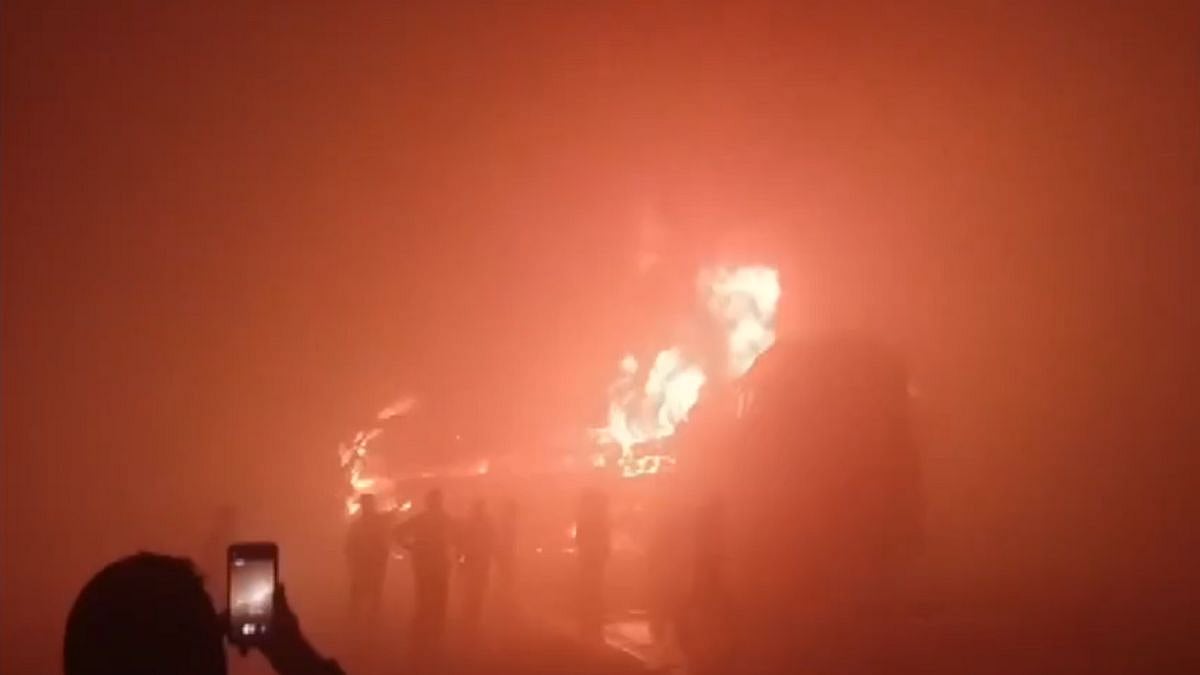The China-India LAC faceoff near Yangtse in Tawang Sector on December 9, 2022 is neither the first nor the last one, but its resulting into injuries to few soldiers on both sides, shows increasing aggressiveness and violent attempt to enforce own perception of the LAC by both sides.
Post the Galwan clashes in 2020, the Indian side is not surprised by the irresponsible behaviour of PLA, which had junked all old agreements for peace and tranquility earlier; hence Indian troops resolutely and firmly contested the PLA's effort to close in to the LAC near Yangtse in Tawang Sector presumably to change the status quo.
Although both sides immediately disengaged from the area, held a Flag Meeting between opposing local commanders in accordance with structured mechanisms to diffuse the situation, such repeated attempts in future are possible and will have to be responded proactively, resolutely and firmly each time, as demonstrated now.
What makes the border issue between China-India complex?
The Peoples Republic of China (PRC) refused to ratify the Simla Agreement of 1914, signed between British India and Tibet, initialled by Chinese representative. The Indian stance on Border generally follows Johnson Line (1865) in Ladakh and the McMohan Line in the east. When Maharaja Hari Singh signed instrument of accession, Aksai Chin was part of it; hence rightfully belonged to India. India should have compelled China to accept the Shimla Agreement, before recognising Tibet as part of the PRC. There is therefore no mutually agreed border treaty between Independent India and PRC demarcating borders.
China refuses to accept any treaty signed with Tibet or earlier than annexation, when it does not suit it and selectively refers to them when it suits it's interests, like it referred to a Treaty of 1890 during Doklam Crisis which seemed advantageous to it, despite the fact that it was superseded by many other treaties later.
LAC and its complex management
The LAC, by definition, indicates loosely demarcated areas under actual control of Chinese and Indian forces. Both countries have their own perception of the LAC and in certain areas, these perception overlap (like Tawang, Pangong Tso). As the LAC is not demarcated, the Chinese, with scant regards to international agreements and obligations, uses non-demarcation as an opportunity to pursue its "Strategy of Incremental Encroachment" by laying fresh claims (Arunachal Pradesh) and following it up with troops buildup/infrastructure development till resisted, and stops just short of conflict. An opposing action/build up by Indian forces leads to "Faceoff/Standoff" each time. To avoid accidental triggers both sides have been resorting to measures short of live firing to prevent the other side violate its perception of LAC, which are increasingly getting converted into violent clashes.
Why the faceoff in Tawang is different now?
The transgressions, patrol clashes, faceoffs and flag meetings to resolve it has been a common feature to dominate or enforce own claim on own perception of LAC and will continue to be so till the LAC is demarcated. The current faceoff in Tawang is somewhat different than the earlier ones for many reasons, if seen in current geo-political and strategic context as below:-
-- Chinese President Xi Jinping may be attempting to stoke nationalistic fervour out of his aggressive nationalistic stance by playing victim card to divert domestic discontent due to Zero Covid policy, downslide in Chinese economy and other reasons.
-- Aggressive stance in Ladakh and Taiwan and its Chinese-doctored narrative suited Xi Jinping in consolidating his position as strong leader to secure a third term; hence he would like to continue with it further.
-- Unhappy at the fastest-growing economy, a faceoff in winters may activate political debate in democratic India, and the Indian government may be compelled to deploy more troops throughout winters in all sectors, thereby increasing the financial cost for India by LOCisation of LAC.
-- An attempt to test Indian response on the eastern borders after India has committed large amount of troops in Ladakh and Kashmir.
-- The strategic and cultural relevance of Tawang is coming to forefront as the time of nomination of next Dalai Lama is approaching. Tawang monastery has been the seat of cultural power and birthplace of the 6th Dalai Lama.
-- The Yangtse area has tough approach from Indian side and in winters is relatively more isolated; hence the Chinese could have thought of taking a chance with an intrusion there.
-- China enjoyed gross asymmetry in infrastructure development in its favour for too long and is not comfortable with Indian effort to catch up in this regard; hence disruption in development activities along borders suit its design.
What should India do?
With no de-escalation by the Chinese in sight, India is and will continue to be ready for all contingencies with similar deployment along LAC, in coming months/years, including creating some more leverage, if the situation demands so.
The Indian aim should be not to concede Chinese attempt to redraw LAC, or LOC-isation of the LAC further.
The Chinese will like to keep border unsettled, till the time the political cost of mot settling it, becomes higher than doing so, for CCP, China.
A change in mindset is required, from being reactive to being proactive with additional intelligence, surveillance and offensive capability to demonstrate capacity to encroach into Chinese sensitive areas, in absence of which China has assumed no threat from India, with freedom to encroach anywhere, at will.
If the Chinese have passed a Border Defence Law, India too should pass some laws to facilitate emphatic border construction and extend schemes under Border Infrastructure Management Authority (BIMA) as near as the LAC as is practically feasible.
Looking Beyond
India must continue capacity building in all domains, including maritime domain, where Chinese vulnerable sea lines of communications can be threatened. Besides ongoing infrastructure development along borders the scope of Border Area Management Programme (BAMP) needs to be enhanced. The surface communication addition to Vibrant village Programmes along northern borders to respond to Chinese plan of well off villages along LAC, it is recommended that States/UT along LAC should allot concessional land to security forces like regional SCOUTS, ITBP, SSB, and families hailing from that area (on son of soil concept), ready to settle in villages so constructed, along own perception of the LAC. This will improve inclusive growth, integration, besides proof of our claims on the border, to ward off Chinese design of developing hundreds of new villages along the LAC.
Strategic partnerships with like-minded democracies and collective naval posturing to create multi-front situation for China are efforts which should continue. There is a need for alternative supply chain, trade and technological eco system, independent of China for which some initial steps taken by Quad countries need to be pursued.
(A retired Director General of Infantry, Indian Army, the author is an accomplished writer and speaker on strategic issues. The views expressed here are personal. He can be reached on Facebook and LinkedIn at Shashi Asthana, @asthana_shashi on twitter, or on his personal site: https://asthanawrites.org/.)








